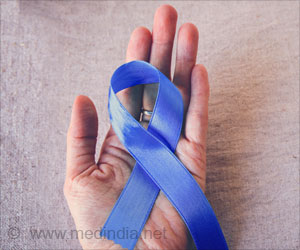Previous studies have shown that women report higher opioid craving and show a greater inability to control their drug urges than men. Although medications, like buprenorphine, can be effective in mitigating urges in the short-term by limiting biological changes associated with acute withdrawal, it is less effective at long-term adherence in avoiding relapse with other illicit drugs.
“While these medications help with withdrawal, they do not fully engage the core regulatory and affective processing circuits that give people control over negative emotion and do not help to address opioid craving in a sustainable way,” said the lead author Suchismita Ray, an associate professor at Rutgers School of Health Professions. “This is where complementary therapies, such as MORE, could play a key role.”
Advertisement
MORE, which was developed by Eric L. Garland at The University of Utah, is centered on three key therapeutic processes:
- Mindfulness, which trains a person to become aware of when their attention has become fixated on addictive cues, stressors or pain, then to shift from affective to sensory processing of craving, stress or pain sensations and re-orient their attention through mindful breathing.
- Reappraisal of thoughts to disengage from negative emotions and addictive behaviors and turn toward positive thoughts that promote resilience, meaning and active coping behaviors.
- Savoring naturally rewarding experiences (nature, time with a loved one) in a mindful way and recognize the positive emotional responses to the experience.
Researchers studied nine women in residential treatment who were on medications for opioid use disorder and completed an eight-week MORE intervention once a week for two hours. Both before and after the eight-week period, researchers gave participants an emotion regulation questionnaire and then scanned their brains in a magnetic resonance imaging machine while they listening to a 10-minute guided MORE meditation and viewed a picture of an outdoor garden to measure the brain’s communication during the meditation.
“Prior studies have shown that the inability to handle negative emotion and drug craving are major determinants of drug relapse. We examined the immediate effects of the 10-minute guided MORE meditation on mood and craving, then looked at the effects of the eight-week MORE intervention on brain communication and how well the women regulated their emotions,” Ray said. “The results show that a single 10-minute guided MORE meditation without any prior meditation experience immediately improved participants’ mood. The eight-week MORE intervention boosted their emotional awareness and strengthened their impulse control factors that are important in preventing relapse.”
In addition, researchers found that the eight-week MORE intervention resulted in significantly increased communication between the areas of the brain that may help women with opioid use disorder to better control their negative emotion and drug craving.
“What this could mean is if an opioid user experiences stress or a craving for an opioid, she can immediately practice a 10-minute MORE meditation, which will improve her mood in the moment and potentially prevent her from taking the drug,” Ray said. “If that person also takes part in the eight-week MORE intervention, she could reap additional long-term benefits to control negative emotion and opioid craving and better maintain sobriety.”
Other Rutgers authors include Jamil Bhanji and Mauricio Delgado (Rutgers-Newark) and Patricia Dooley Budsock and Nina A. Cooperman (Rutgers Robert Wood Johnson Medical School). Eric L. Garland from The University of Utah is also an author on this pilot study.
The authors would like to acknowledge The Rutgers University Brain Imaging Center in Newark where the subject scanning took place for this pilot study.
Source: Eurekalert



